2-Methyl-5-vinylpyridine
- CAS NO.:140-76-1
- Empirical Formula: C8H9N
- Molecular Weight: 119.16
- MDL number: MFCD01691732
- EINECS: 205-432-5
- SAFETY DATA SHEET (SDS)
- Update Date: 2024-12-18 14:08:57

What is 2-Methyl-5-vinylpyridine?
Description
2-Methyl-5-vinylpyridine is a clear to faintlyopalescent liquid. Molecular weight = 119.18; Boilingpoint 5 181℃. Hazard Identification (based on NFPA-704M Rating System): Health 2, Flammability 2, Reactivity 0;Flash point = 74℃.
Chemical properties
Clear to faintly opalescent liquid. Combustible.
Chemical properties
2-Methyl-5-vinylpyridine is a clear to faintly opalescent liquid.
The Uses of 2-Methyl-5-vinylpyridine
Monomer for resins, oil additive, ore flotationagent, dye acceptor.
General Description
Clear to faintly opalescent liquid. Used as a monomer for resins, as an oil additive, ore flotation agent; and dye acceptor.
Reactivity Profile
2-Methyl-5-vinylpyridine neutralizes acids in exothermic reactions to form salts plus water. Can polymerize exothermically. May be incompatible with isocyanates, halogenated organics, peroxides, phenols (acidic), epoxides, anhydrides, and acid halides. Flammable gaseous hydrogen may be generated in combination with strong reducing agents, such as hydrides.
Health Hazard
2-Methyl-5-vinylpyridine is moderately toxic by ingestion, inhalation, and absorption through the skin.
Fire Hazard
When heated to decomposition, 2-Methyl-5-vinylpyridine emits toxic fumes of nitrogen oxides. (Non-Specific -- Combustible Liquid, n.o.s.) Flammable/combustible material; may be ignited by heat, sparks, or flames. Vapors may travel to a source of ignition and flash back. Container may explode in heat of fire.
Potential Exposure
2-Methyl-5-vinylpyridine is used as a monomer for resins; oil additive; ore flotation agent; and dye acceptor.
First aid
If this chemical gets into the eyes, remove anycontact lenses at once and irrigate immediately for at least15 min, occasionally lifting upper and lower lids. Seekmedical attention immediately. If this chemical contactsthe skin, remove contaminated clothing and wash immediately with soap and water. Seek medical attention immediately. If this chemical has been inhaled, remove fromexposure, begin rescue breathing (using universal precautions, including resuscitation mask) if breathing hasstopped and CPR if heart action has stopped. Transferpromptly to a medical facility. When this chemical hasbeen swallowed, get medical attention. Give large quantities of water and induce vomiting. Do not make an unconscious person vomit.
storage
Color Code—Blue: Health Hazard/Poison: Storein a secure poison location. Prior to working with thischemical you should be trained on its proper handling andstorage. Store in tightly closed containers in a cool, wellventilated area away from oxidizers. Where possible,automatically pump liquid from drums or other storage containers to process containers.
Shipping
UN3073 Vinylpyridines, stabilized, Hazard class: 6.1; Labels: 6.1-Poison Inhalation Hazard, 3- Flammable liquid, 8-Corrosive material. UN2810 Toxic liquids, organic, n.o.s., Hazard Class: 6.1; Labels: 6.1- Poisonous materials, Technical Name Required.
Incompatibilities
Can polymerize exothermically. May form explosive mixture with air. Incompatible with oxidizers (chlorates, nitrates, peroxides, permanganates, perchlorates, chlorine, bromine, fluorine, etc.); contact may cause fires or explosions. Keep away from alkaline materials, strong bases, strong acids, oxoacids, epoxides, hydrides and other strong reducing agents. 2-Methyl-5-vinylpyridine neutralizes acids in exothermic reactions to form salts plus water. May be incompatible with isocyanates, halogenated organics, peroxides, phenols (acidic), epoxides, anhydrides, and acid halides. Flammable gaseous hydrogen may be generated in combination with strong reducing agents, such as hydrides.
Properties of 2-Methyl-5-vinylpyridine
| Melting point: | -12.0 °C |
| Boiling point: | 212.46°C (rough estimate) |
| Density | 1.0000 (rough estimate) |
| refractive index | 1.5330 (estimate) |
| storage temp. | under inert gas (nitrogen or Argon) at 2-8°C |
| pka | 5.58±0.10(Predicted) |
| CAS DataBase Reference | 140-76-1(CAS DataBase Reference) |
| NIST Chemistry Reference | 2-Methyl-5-vinylpyridine(140-76-1) |
| EPA Substance Registry System | 2-Methyl-5-vinylpyridine (140-76-1) |
Safety information for 2-Methyl-5-vinylpyridine
| Signal word | Danger |
| Pictogram(s) |
 Skull and Crossbones Acute Toxicity GHS06 |
| GHS Hazard Statements |
H315:Skin corrosion/irritation H319:Serious eye damage/eye irritation H331:Acute toxicity,inhalation H335:Specific target organ toxicity, single exposure;Respiratory tract irritation |
| Precautionary Statement Codes |
P261:Avoid breathing dust/fume/gas/mist/vapours/spray. P280:Wear protective gloves/protective clothing/eye protection/face protection. P311:Call a POISON CENTER or doctor/physician. P305+P351+P338:IF IN EYES: Rinse cautiously with water for several minutes. Remove contact lenses, if present and easy to do. Continuerinsing. |
Computed Descriptors for 2-Methyl-5-vinylpyridine
New Products
Tert-butyl bis(2-chloroethyl)carbamate (S)-3-Aminobutanenitrile hydrochloride N-Boc-D-alaninol N-BOC-D/L-ALANINOL 3-(2,4-Dimethoxybenzyl)dihydropyrimidine-2,4(1H,3H)-dione 7-Bromo-1H-indazole N-octanoyl benzotriazole 3,4-Dibenzyloxybenzaldehyde 4-Hydrazinobenzoic acid Electrolytic Iron Powder Fmoc-Val-Cit-PAB 1,1’-CARBONYLDIIMIDAZOLE R-2-BENZYLOXY PROPIONIC ACID 4-HYDROXY BENZYL ALCOHOL 1,1’-CARBONYLDI (1,2-4 TRIAZOLE) S-2-CHLORO PROPIONIC ACID (2-Hydroxyphenyl)acetonitrile 4-Bromopyrazole 5-BROMO-2CYANO PYRIDINE 5,6-Dimethoxyindanone 5-broMo-2-chloro-N-cyclopentylpyriMidin-4-aMine 1-(4-Methylphenylsulfonyl)-1H-1,2,3-benzotriazole 1-(2-Chlorobenzyl)-4-nitro-1H-pyrazole 1-(2-Nitrophenyl)-4-phenylpiperazineRelated products of tetrahydrofuran
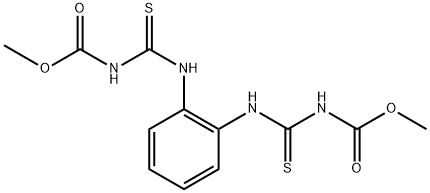

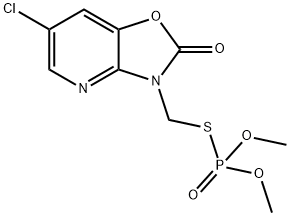
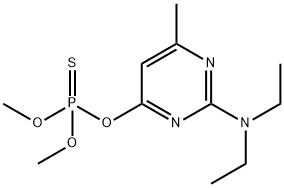
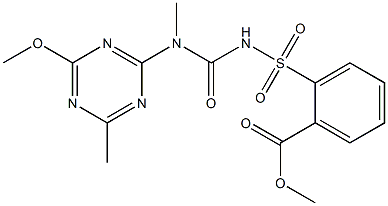

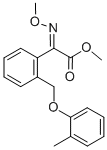
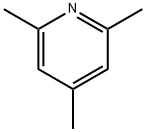
You may like
-
 55441-95-7 2 2-BIS(2-HYDROXYETHOXY)-1 1-BINAPHTHYL 99%View Details
55441-95-7 2 2-BIS(2-HYDROXYETHOXY)-1 1-BINAPHTHYL 99%View Details
55441-95-7 -
 181228-33-1 99%View Details
181228-33-1 99%View Details
181228-33-1 -
 Ste-Glu-AEEA-AEEA-OSUView Details
Ste-Glu-AEEA-AEEA-OSUView Details
1169630-40-3 -
 1446013-08-6 Fmoc-His-Aib-OH TFA 98%View Details
1446013-08-6 Fmoc-His-Aib-OH TFA 98%View Details
1446013-08-6 -
 127464-43-1 99%View Details
127464-43-1 99%View Details
127464-43-1 -
 Chloro Uracil 99%View Details
Chloro Uracil 99%View Details
1820-81-1 -
 2-ETHYLPYRIDINE 100-71-0 99%View Details
2-ETHYLPYRIDINE 100-71-0 99%View Details
100-71-0 -
 13162-05-5 99%View Details
13162-05-5 99%View Details
13162-05-5